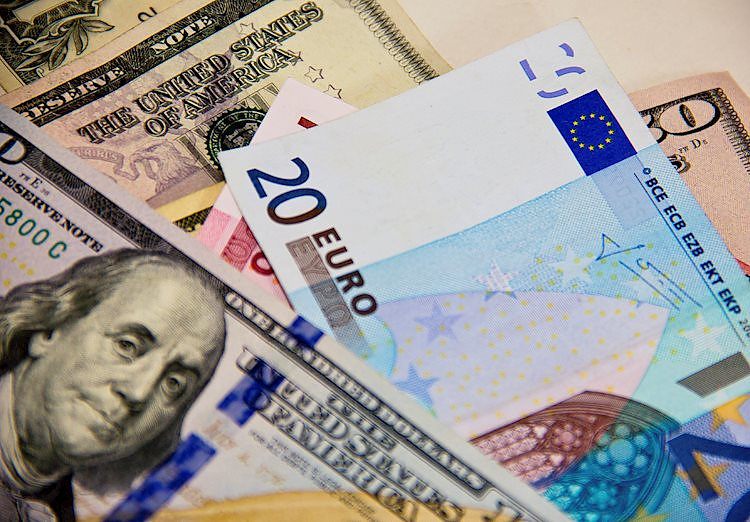EUR/TRY: Inflation day, what’s next?

Today, August 5th, Turkstat will release its bulletins on both CPI and PPI for the month of July. These highly anticipated updates on Turkish inflation could impact the market, especially if the data diverges from the projected reduction path. According to Reuters, Osman Cevdet Akçay, Turkey's Central Bank Deputy Governor, forecasts the inflation rate to run around 1.5% in the months following the July reading, when inflation is expected to rise temporarily due to one-off factors such as adjustments in administered prices and taxes. Should this be the case, the Lira won’t benefit at present, as the market is awaiting the start of a clear deflationary path.
Technical analysis
On the technical side, price action seems to reflect this stance. After nearly four months of consolidation, the EUR/TRY pair finally broke out of the 35.60 level at the beginning of July and reached a new all-time high on the 18th, around 36.30 (depending on broker platforms). Since then, EUR/TRY has been moving sideways. However, last Friday was noteworthy: poor economic indicators in the US jolted the markets, prompting a selloff in stocks and a strong appreciation of the EUR/USD exchange rate (more than 1% in a day). The EUR gained strength against the TRY as well, surging strongly and briefly surpassing the 36.30 level before retracing slightly below the resistance. The pair seems to be waiting for a catalyst to get the final push higher, following what appears to be a new short-term upward trend that started on July 3rd.
A positive break of 36.30 pivot level (with 2 or 3 candle closures above it) should confirm the trend. According to Fibonacci analysis, the first price target could be set around 37.00 (also a psychological level). The 36.70 level is also noteworthy, representing the projection of half the recent trading channel height. This scenario is reinforced by the recent movement in USD/TRY, with the American currency already above the resistance around 33.10.
Alternative scenarios
A different scenario could be shaped by a positive reading on the July Turkish inflation report, with data strong enough to confirm that the disinflationary path has begun. Together with an easing of the tension in international markets and a balanced pullback in EUR/USD, this could reduce or negate the pair's recent surge, likely leading to a sideways evolution of the rate initially.
In line with this view, it is also important to stress that from a financial stability perspective Turkish policymakers need to keep the Lira as steady as possible to continue attracting foreign investment flows. This stance should prevent excessive volatility or a sharp devaluation of the Lira in the near future.
Author

Giuseppe Bocci, CTA
Independent Analyst
Giuseppe Bocci is an independent trader primarily active in the U.S. stock market, international bonds, commodities, and forex. He has been trading full-time for about ten years, turning a passion into a profession.



















